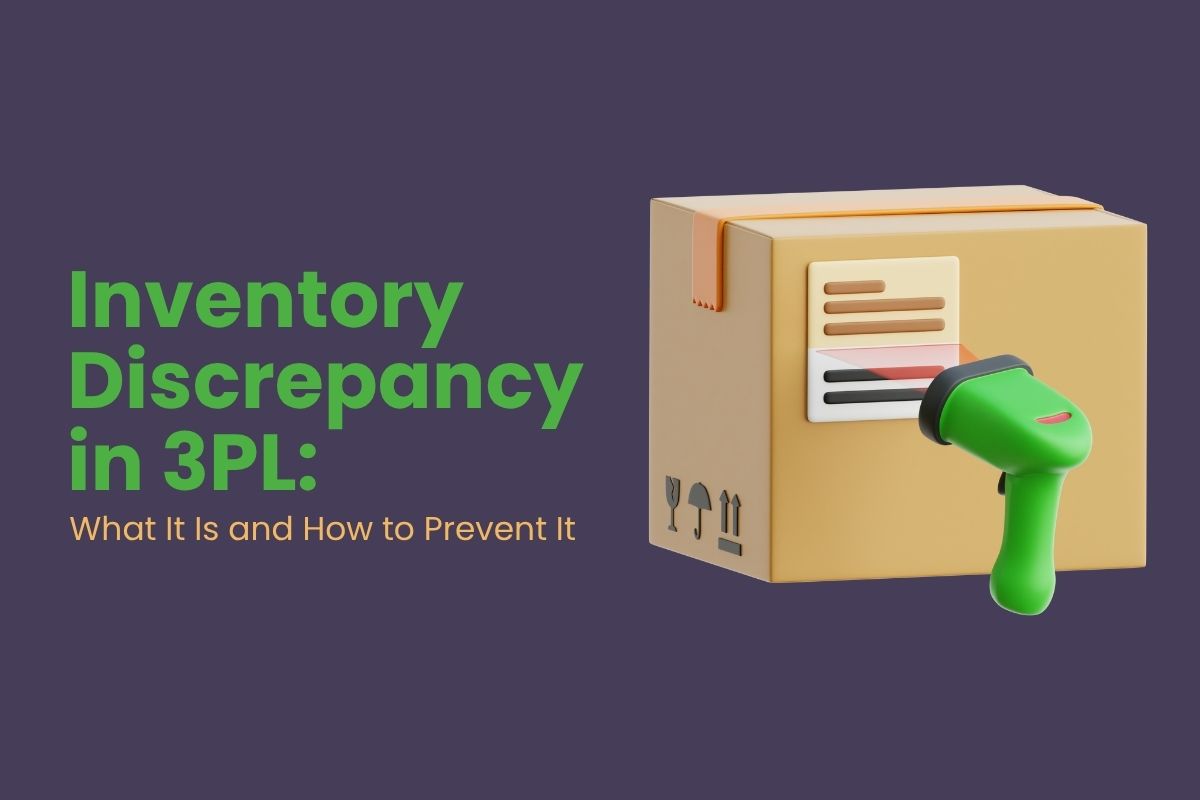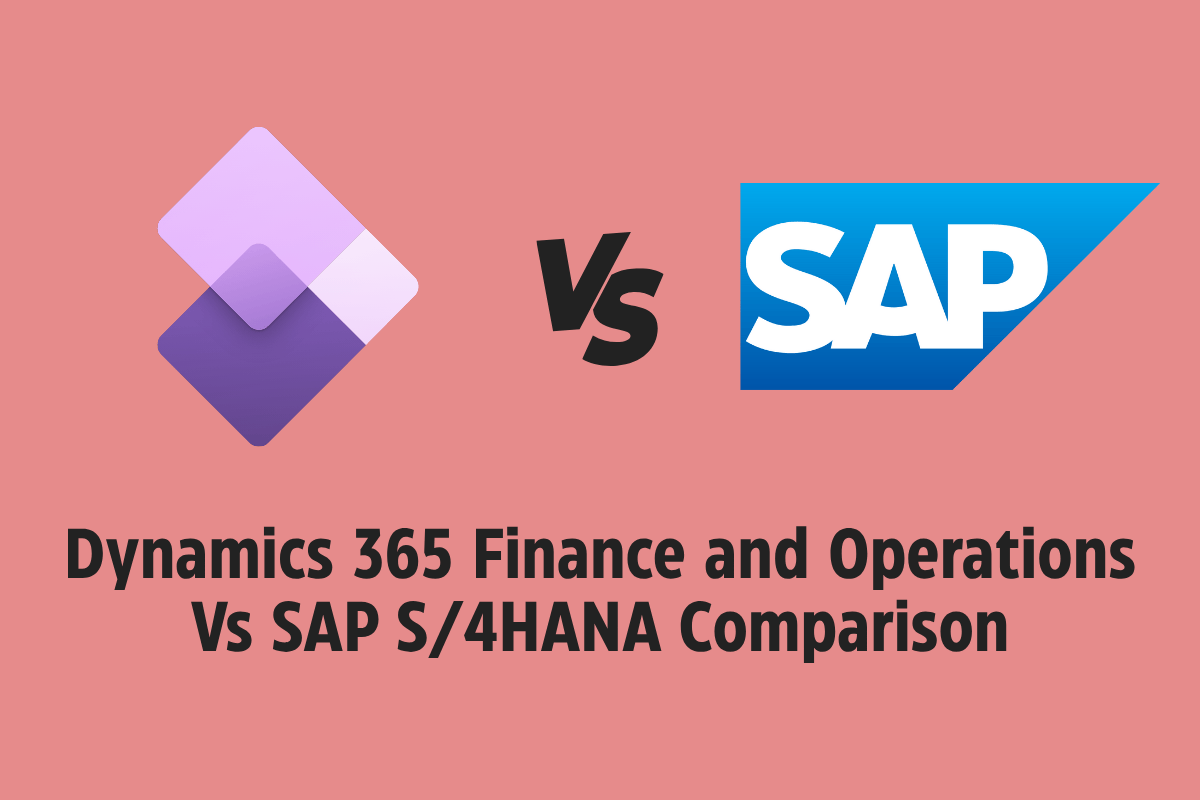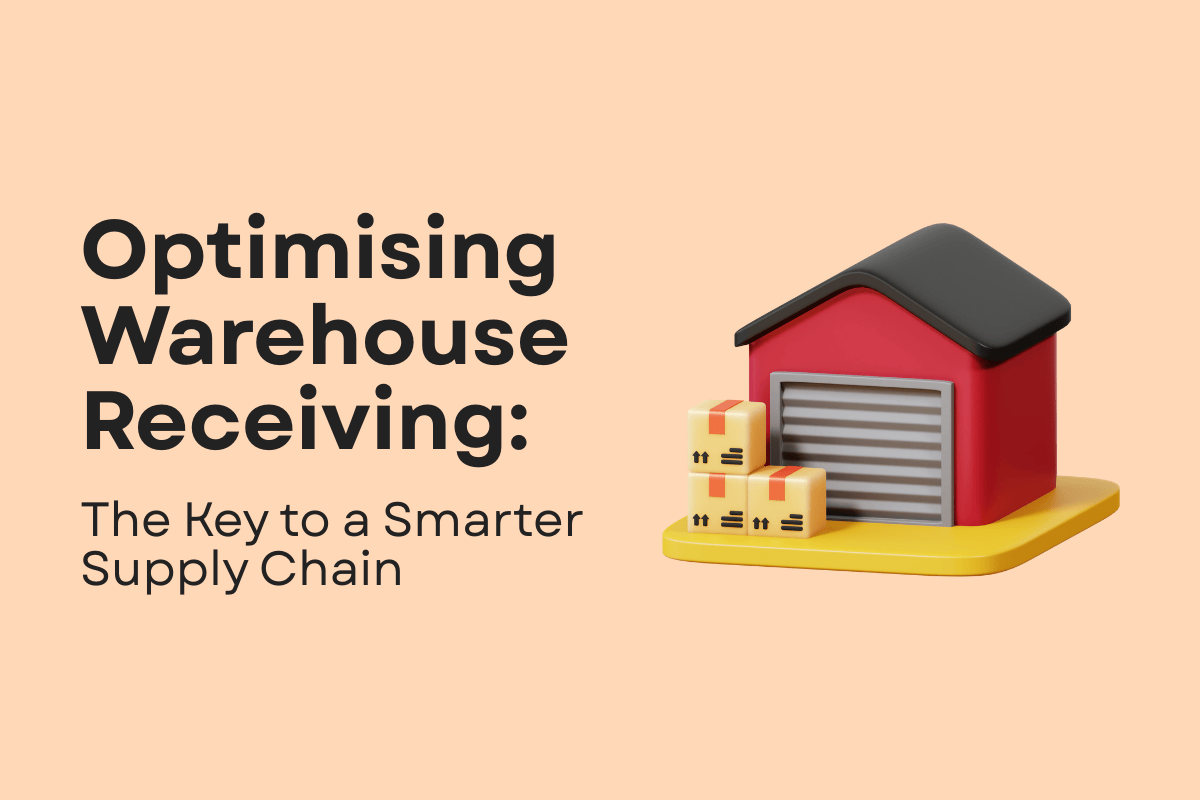Order picking is an essential aspect of warehouse management that involves gathering items from a warehouse based on orders specified on a packing slip. Although order picking may seem simple, it is the most labour-intensive and costly activity for most warehouses. In fact, in some cases, it can account for up to 60% of all work processes in a warehouse. Given its significance and impact on overall performance, it is crucial that order picking is executed smoothly, particularly in the face of increasing work pressure and a tight labour market.
As a result of its importance and scope, many researchers have written and published articles about order picking. However, there is no one best order-picking strategy. Therefore, this blog will discuss the overarching theme of order picking in a series of blogs, focusing on specific topics to provide the right insights. The first topic is the four components that determine the efficiency of your order-picking process: travel time, processing time, administration time, and waiting time.
Efficiency refers to the duration within which something is realised, and each of the four components has time as a measurable quantity. Travel time refers to the sum of the travel time within and outside the corridors. Processing time encompasses completing a packing slip, including reading the order, searching for the pick location, picking up the items, and processing serial numbers. Administration time involves administrative tasks and start-up tasks at the office. Waiting time is the time between different assignments, including collecting or depositing collection material, such as a forklift, roll container, or other trolleys.
To achieve an excellent picking process, it is essential to optimise these four components. Once optimised, it lays a foundation to build on for an extremely efficient picking process. It is, therefore, necessary to think carefully about your processes and consider deepening your knowledge of the components and other in-depth topics. Keep an eye on upcoming blogs, and if you believe that your processes can be improved, please contact us for assistance.







